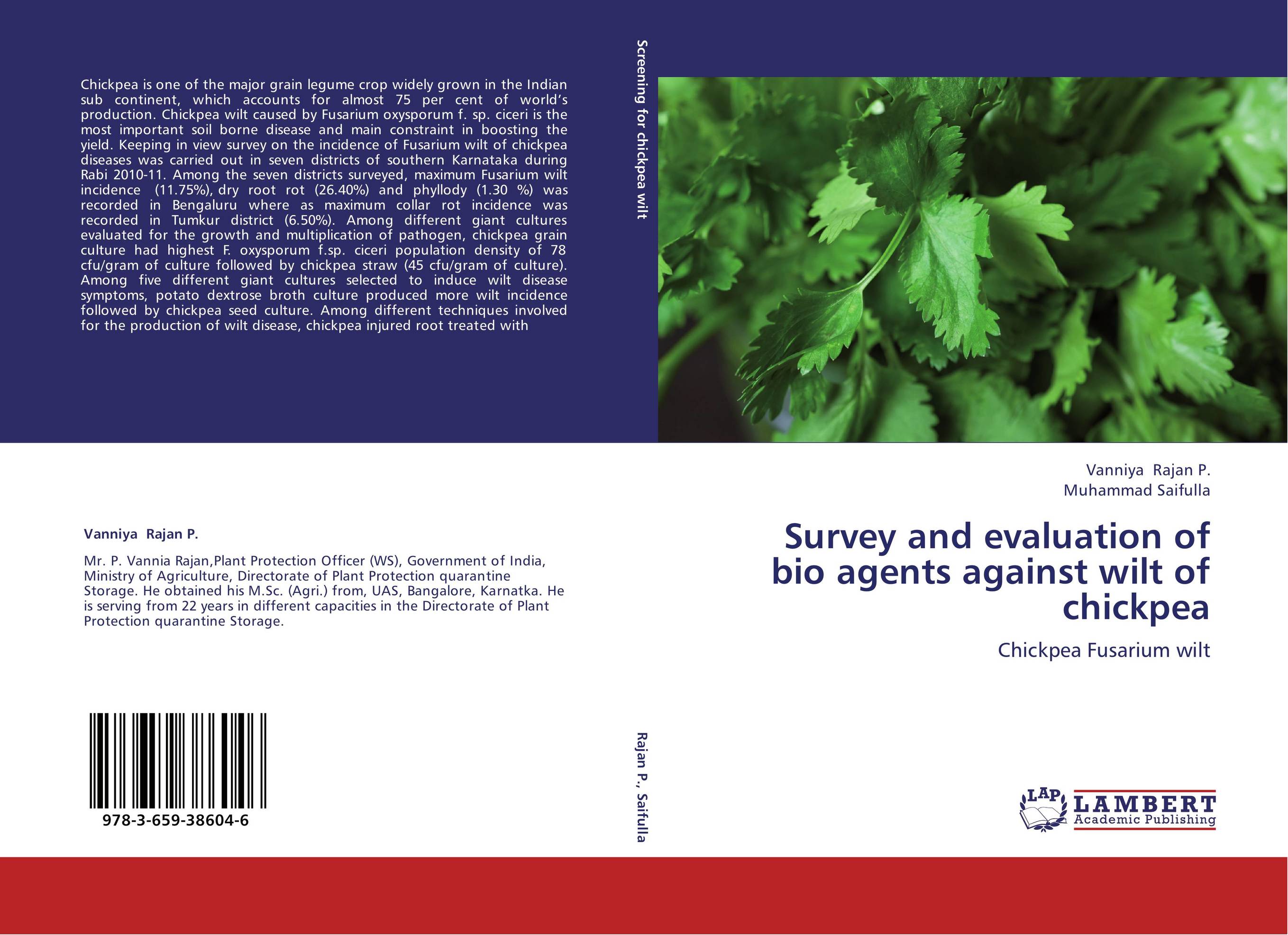| Поиск по каталогу |
|
(строгое соответствие)
|
- Профессиональная
- Научно-популярная
- Художественная
- Публицистика
- Детская
- Искусство
- Хобби, семья, дом
- Спорт
- Путеводители
- Блокноты, тетради, открытки
Survey and evaluation of bio agents against wilt of chickpea. Chickpea Fusarium wilt

В наличии
| Местонахождение: Алматы | Состояние экземпляра: новый |

Бумажная
версия
версия
Автор: Vanniya Rajan P. and Muhammad Saifulla
ISBN: 9783659386046
Год издания: 2013
Формат книги: 60×90/16 (145×215 мм)
Количество страниц: 112
Издательство: LAP LAMBERT Academic Publishing
Цена: 34755 тг
Положить в корзину
Позиции в рубрикаторе
Сферы деятельности:Код товара: 121860
| Способы доставки в город Алматы * комплектация (срок до отгрузки) не более 2 рабочих дней |
| Самовывоз из города Алматы (пункты самовывоза партнёра CDEK) |
| Курьерская доставка CDEK из города Москва |
| Доставка Почтой России из города Москва |
Аннотация: Chickpea is one of the major grain legume crop widely grown in the Indian sub continent, which accounts for almost 75 per cent of world’s production. Chickpea wilt caused by Fusarium oxysporum f. sp. ciceri is the most important soil borne disease and main constraint in boosting the yield. Keeping in view survey on the incidence of Fusarium wilt of chickpea diseases was carried out in seven districts of southern Karnataka during Rabi 2010-11. Among the seven districts surveyed, maximum Fusarium wilt incidence (11.75%), dry root rot (26.40%) and phyllody (1.30 %) was recorded in Bengaluru where as maximum collar rot incidence was recorded in Tumkur district (6.50%). Among different giant cultures evaluated for the growth and multiplication of pathogen, chickpea grain culture had highest F. oxysporum f.sp. ciceri population density of 78 cfu/gram of culture followed by chickpea straw (45 cfu/gram of culture). Among five different giant cultures selected to induce wilt disease symptoms, potato dextrose broth culture produced more wilt incidence followed by chickpea seed culture. Among different techniques involved for the production of wilt disease, chickpea injured root treated with
Ключевые слова: survey, screening, Inoculation techniques, Bio agents, Fusarium oxysporum f.sp.ciceri and chichpea wilt



